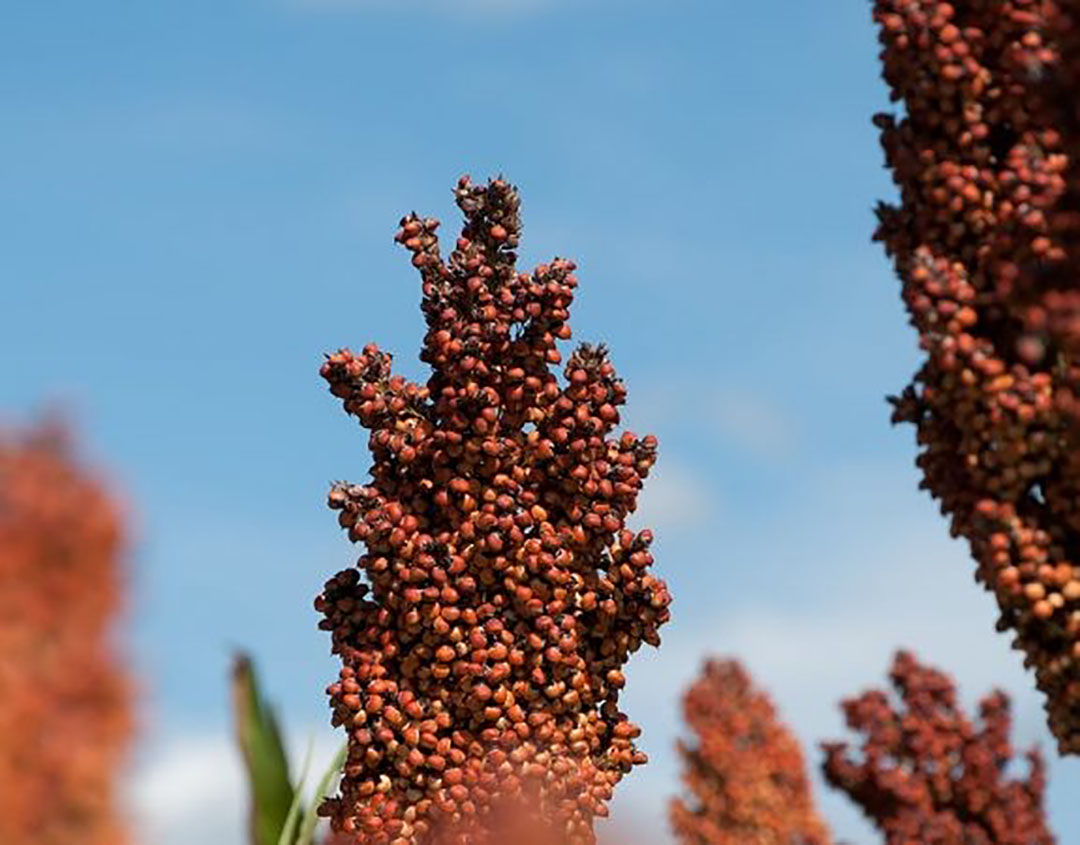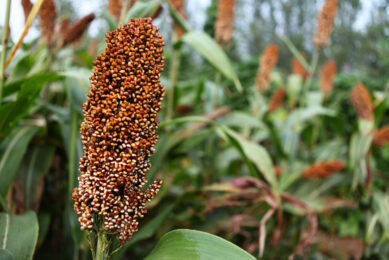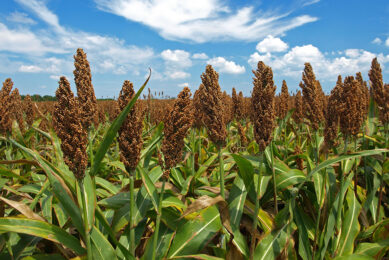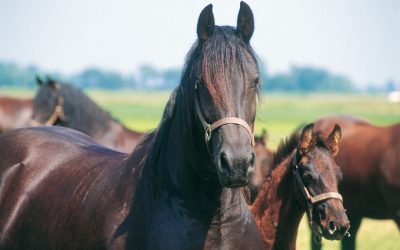Tannin-free sorghum: normal for EU countries

EU sorghum varieties are tannin free. This is beneficial to use as a feed ingredient in animal diets.
This is according to Sorghum ID, an European organisation to support the promotion of the interests of sorghum and its hybrid genetics for several uses (grain sorghum for food and feed, silage sorghum, sorghum for energy and other non-food uses).
Anti-nutritional factors
One of the major limiting factors for using sorghum in animal feed is presence of anti-nutritional factors especially trypsin inhibitor and condensed tannins.Tannins (condensed) are polyphenols of vegetal origin. They precipitate proteins, forming enzyme-resistant complexes, that plant use as a chemical defence solution against pathogen germs and herbivores. The effects of tannin are particularly severe in monogastric animals like poultry, where anti-nutritional factors reduce growth rate of the birds by limiting the availability of certain nutrients e.g. protein and carbohydrate in the gut. In addition, there is a significant correlation between tannin-content and the energy value of the finished product.
Tannin-free needed for registration
Sorghum ID emphasises that European sorghum varieties have been tannin free over the last 30 years, because in European countries a tannin content of less than 0.3 is required to register new varieties. In practice, this means “tannin-free” as its presence is so weak that it has no impact on the quality of animal feed. Sorghum can also replace cassava as a value ingredient in fish diets. This was shown from trials in Vietnam, commissioned by the US Grains Council (USGC).
Source:
Sorghum ID











